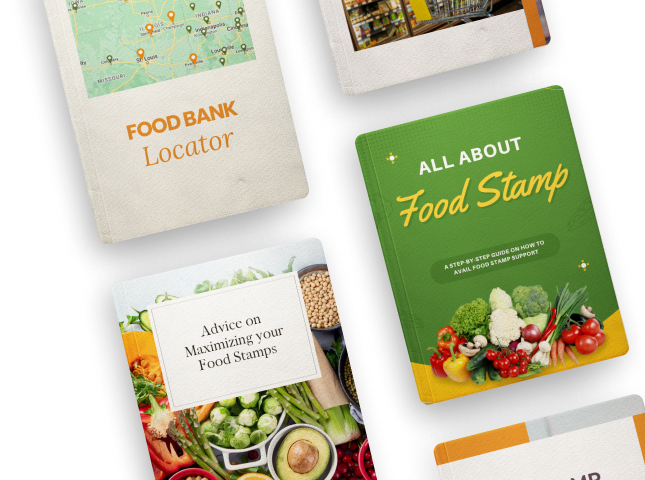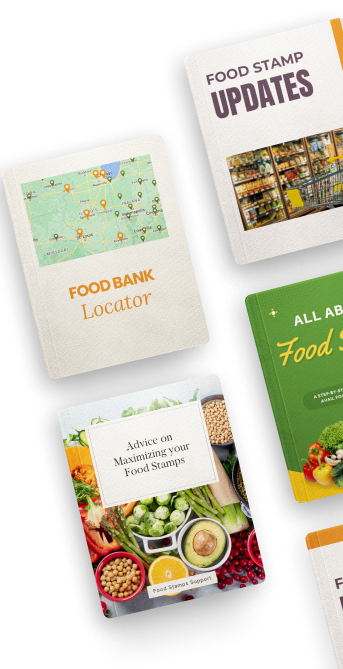Donald Trump's Tariff Policies Threaten Food Affordability for Millions on SNAP
This is especially concerning for families who receive food assistance through SNAP, often known as food stamps. This program helps over 40 million Americans, including children, seniors, and those with disabilities, buy food.
When the price of imported foods like coffee, chocolate, and some meats goes up because of these tariffs, it could make it harder for these families to afford what they need. Even though SNAP benefits are meant to adjust with the cost of living, they don't immediately react to sudden price hikes.
This means if the cost of groceries goes up, the extra money doesn't instantly become available to those on SNAP, leaving them with less to spend.
Families using SNAP spend a big part of their money on basic foods like bread, milk, and vegetables. However, if items such as coffee and fruits become more expensive due to tariffs, it could mean less food or having to buy cheaper, potentially less nutritious options.
What's more, while some foods like milk and chicken are mostly produced in the U.S., and might not be directly hit by tariffs, their prices could still go up. This is because things like the packaging they come in, or the fuel used to transport them, might cost more due to tariffs.
Experts agree that the added costs from tariffs will mainly be passed down to consumers, making groceries pricier for everyone, including those on SNAP.
Essentially, the concern is that if food prices go up and SNAP benefits don't increase to match, families may have to make tough choices, like buying less food or opting for less healthy options, which could affect their health over time.
The situation is being closely monitored, as the ongoing tariffs could lead to more difficult decisions for those relying on SNAP through to the end of 2025.
-
Subscribe to secure your food stamps and learn more about this government benefit












